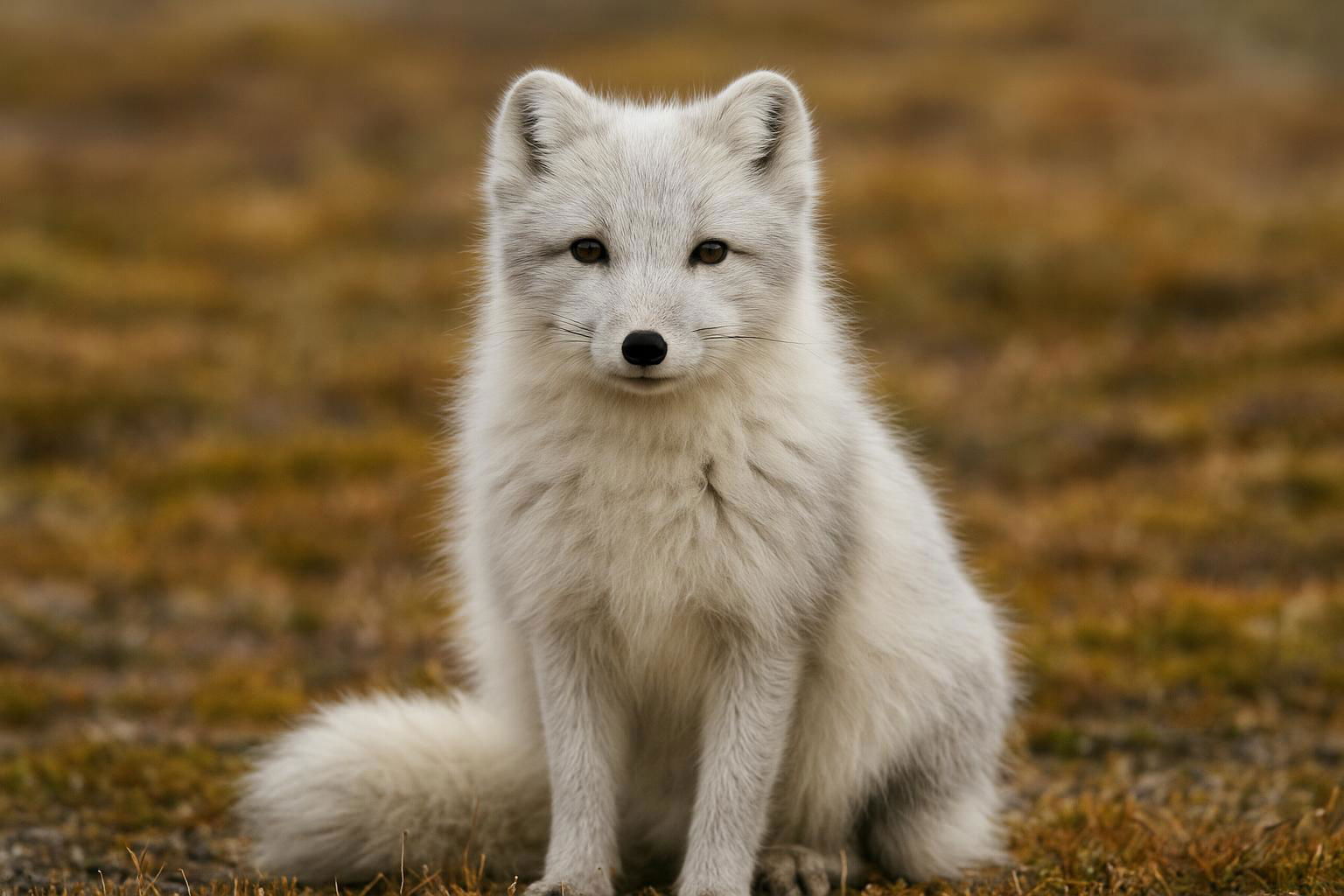
Arctic Fox
Vulpes lagopus
The Arctic Fox, or Vulpes lagopus, is a remarkable species well-adapted to thrive in the extreme cold of the Arctic environment. Renowned for its striking seasonal camouflage, the Arctic Fox's fur changes from a thick, warm white coat in winter, blending seamlessly with the snow and ice, to a shorter, brownish-gray coat in summer that matches the tundra's muted colors. This small fox typically weighs between 3 to 9 kilograms and measures about 46 to 68 centimeters in length, not including its bushy tail, which adds another 30 centimeters on average.
Adaptations such as compact ears, a short muzzle, and a heavily furred tail help the Arctic Fox conserve heat. Its diet is varied, consisting mainly of small mammals like lemmings and voles, birds, fish, and carrion. The Arctic Fox is also known for its opportunistic scavenging habits, following polar bears to feed on leftover carcasses.
Their monogamous nature sees pairs form for life, raising pups collectively in intricate underground dens, often passed down through generations. Despite the harsh conditions of their habitat, Arctic Foxes are resourceful and playful, with renowned resilience that allows them to eke out a thriving existence where few others can survive. Adaptation to climate change and competition with the red fox are ongoing challenges for this resilient species.

 All Species & Breeds
All Species & Breeds
 Highland Cattle
Highland Cattle
 Miniature Donkeys
Miniature Donkeys
 All Species Directory
All Species Directory
 Highland Cattle in Virginia
Highland Cattle in Virginia
 Miniature Donkeys in Texas
Miniature Donkeys in Texas












